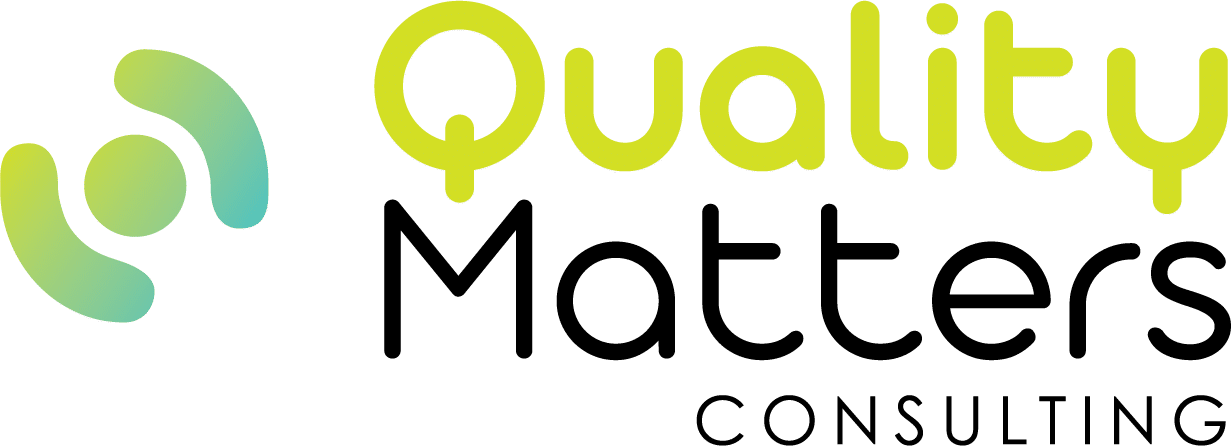
By Pip Ahern
A person doesn’t join the Management Committee of an Incorporated Association, or the Board of a small not-for-profit to earn a fee. In my experience people usually put their hand up because they want to help others, to give back to their local community, or to help a cause that they hold close to their heart.
You might ask someone to join the Management Committee of a local sporting association with an annual budget under $50K, or the Board of a not-for-profit turning over $5-10 million per annum. While they may seem like different levels of responsibility it’s not the case. In most instances the terms Management Committee and Board are used interchangeably, and the roles and responsibilities remain the same – there’s just less money at stake! In this article I’ll talk about Boards but the advice for Management Committees is the same.
We are coming to the end of AGM season, and many organisations will have new members of their Management Committee or Board who eagerly – or were persuaded to – put their hand up and have volunteered their time to help guide your organisation. Some organisations are lucky enough to find new Board members who have previous experience or have had some governance training in the past. However, many Managers will find themselves with a number of new Board members who are unsure of their new role and responsibilities – but might be afraid to ask!
One of my favourite sayings, ‘A fish rots from the head’ tells us that your Board is key to your future success. After all, they are the legal ‘head’ of the organisation. Effective governance is crucial, and at the end of the day, the buck starts and stops in the boardroom.
So, now you have a new – or partially new Board. How can you set them up for success?
- Governance or Management?
From the start it’s vital that all parties understand the difference between governance and management. Governance falls to the board. Their role is to set the strategic direction and make strategic decisions for an organisation on behalf of its members. They then delegate the actions to the staff. The day-to-day management of the organisation is the responsibility of the Manager (sometimes called a Chief Executive Officer, or Executive Officer). Some small community organisations or not-for-profits might blur the lines between governance and management roles, just because they don’t have the paid staff to do everything that needs to be done. It’s important though to understand the difference between the two.
- Understanding the Legal Duties and Responsibilities
Many new board members don’t have a clear understanding of their legal duties. This is pretty common when members join the Board of a small organisation. If a Board member doesn’t meet their legal responsibilities, they can be held personally liable. To keep everyone, and the organisation safe, it’s critical that all Board members properly understand their duties and obligations. The Chair of the Board and the Manager need to make sure that all Board members are educated to understand their legal duties and responsibilities as soon as they join.
- Understanding the Finances
If you’ve found a professional or highly educated person to join your Board, you might assume that they know their way around a Balance Sheet, Profit and Loss Statement, or Cash flow forecast. In my experience this is often not the case. Many new Board members don’t want to put their hand up and admit that they don’t really know how to read documents like financial statements. If your new Board member doesn’t know how to read these documents it can mean that they don’t know what questions to ask, or what to look for when it comes to making key financial decisions. One way to make it easier for everyone on the Board is to organise a short workshop focussing on financial literacy for non-profits. Even the most financially literate members might learn something or refresh their skills.
All of these steps can be achieved with a thorough induction process for all new Board members. In the same way that you would welcome and onboard a new staff member, it’s just as important to have a good induction for people joining your Board.

